4月29日は、1891年(明治24年)に香川県の丸亀練兵場に入隊していた愛媛県八幡浜市矢野町(昔の伊予国宇和郡八幡浜浦矢野町)出身の二宮忠八さんが製作したプロペラ式模型飛行機(烏型飛行器)が飛行に成功した日です。
ライト兄弟が世界初の有人動力飛行を成功させたのは1903年。その、14年も前に日本で、飛行機の原理を着想した人物がいました。それが、二宮忠八さんです。そんな二宮忠八さんが、飛行機のアイディアを閃いたのは、樅ノ木(もみのき)峠でカラスの滑空をみた時。空気抵抗を利用すれば、翼を羽ばたかなくても空を飛ぶことができるのではないか、と考えました。1891年(明治24年)4月29日、二宮忠八25歳の時。香川県の丸亀練兵場で行われた飛行実験で、10mの空を飛ぶ飛行機の実験に成功しました。それはアメリカでライト兄弟が飛行実験に成功する12年前、現代の飛行原理へとつながる動力飛行機が、日本で初めて空を飛んだ瞬間でした。
The Wright brothers made the world’s first manned powered flight in 1903. Fourteen years earlier, someone in Japan conceived the principle of the aeroplane. That person was Chuhachi Ninomiya. The idea for the aeroplane came to Chuhachi Ninomiya when he saw a crow gliding over Mominoki Pass. On 29 April 1891 (24 April 1891), when he was 25 years old, he thought that if he could utilise air resistance, he could fly in the sky without having to flap his wings. This was 12 years before the Wright Brothers’ successful flight experiment in the USA, and the first time a powered aeroplane, which would lead to the modern principle of flight, flew in the sky in Japan.
二宮忠八飛行館
住所:香川県仲多度郡まんのう町追上358-1 [Google Map]
TEL:0877-75-2000
Chūhachi Ninomiya Aircraft Museum
Address : 358-1 Oiage, Mannou town, Kagawa pref., Japan [Google Map]
TEL:0877-75-2000
2020/04/29
大きな飛行機模型が目印
夢は大空 二宮忠八飛行館
二宮忠八がライト兄弟よりも早く、世界で初めて飛行原理を着想したこの地、まんのう町樅の木峠(もみのきとうげ)。当館は二宮忠八翁の子供時代の好奇心や視点(目のつけどころ)、また夢を実現するための努力や、その物語を通じて子供達の「夢見るちから」の育みをテーマにしています。
二宮飛行神社。
晩年は、自らの考えていた飛行機が世界中で飛び交うようになるのと同時に、多くの飛行機事故があることを嘆き、自宅に「飛行神社」を建立し、航空界の安全と航空殉難者の慰霊に一生を注ぎました。
二宮忠八翁
幡詞
二宮忠八作
翼張るまま
飛ぶ鴉(カラス)見て
航空の理を
創めて悟り
飛び魚の鰭(ひれ)
玉虫の羽根
基きて成る
日本飛行器
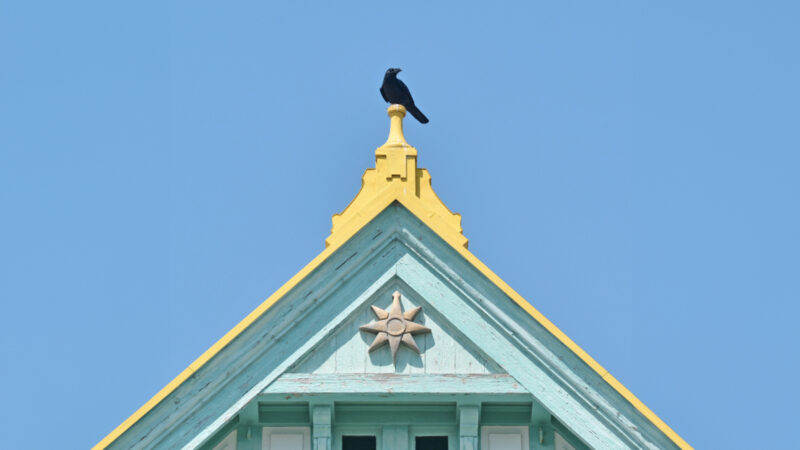
飛行機模型
社
Chūhachi Ninomiya (20 June 1866 – 8 April 1936) was a Japanese aviation pioneer. He is remembered for his unique aircraft designs – the “Karasu-gata mokei hikouki” (“Crow-type model aircraft”, 1891) and the “Tamamushi-gata hikouki” (“Jewel beetle type flyer”, 1893). He designed a flying machine with three engines earlier than the Wright brothers, and, even though the machine failed to take off, it contributed to Japan’s accumulation of capabilities to design and manufacture aircraft by the 1930s.
Idea for flying
In 1887 Chūhachi was conscripted into the Imperial Japanese Army. In November 1889, during maneuvers, he saw crows gliding and noticed that they did not flap. He developed the idea of fixed wing aircraft.Chūhachi made his first model, “Karasu-gata mokei hikouki”(Crow-type model aircraft). This was also the first model aircraft in Japan. It was a monoplane, with a wingspan of 45 centimetres. The wing was at a dihedral angle. The four-blade pusher propeller, inspired from a bamboo-copter, was driven by a rubber band. The model was equipped with a horizontal stabilizer at its tail, and a vertical stabilizer at its nose. It had three wheels as landing gear. On 29 April 1891 the model ran 3 metres after which it took off and flew 10 metres. The next day, it flew about 36 metres with a hand-launch.
His second model was “Tamamushi-gata hikouki”(Jewel beetle type flyer), a tailless biplane. The lower wing, which was smaller than the upper, was movable: control surface. The model was also equipped with a four-blade pusher propeller. Chūhachi failed to attract the interest of the Army. During the period he only made scale models (wingspan: 2 metres) in October 1893.
Chūhachi served in First Sino-Japanese War as a combat medic. After the war, he retired from the army and worked at a pharmaceutical company. He decided to develop a flying machine on his own. Until he became the branch manager in 1906, development stagnated for lack of money. During this period, the Wright brothers succeeded with a manned flight. But Chūhachi did not hear the news. He built the whole hull of the “Tamamushi model” and planned to equip it with a 12 hp gasoline engine. However, in 1907 or 1908, he learned of the success of manned flights of heavier-than-air aircraft in Europe and America. He despaired and stopped development.
Some experts insist that the “Tamamushi model” would not have flown even if it were completed, since it was just too heavy. In April 1991 a replica of the “Tamamushi model”, with alterations to improve stability, successfully flew a distance of 50 meters (136 feet).
慶応2年、八幡浜で生まれた忠八は、子供の頃から探究心の強い少年でした。貧しかった少年時代、自分で考案した“忠八凧”を売っては学費の足しにしていたそうです。やがて成人した彼はある時、カラスの巧みな翼さばきを見て“空を飛ぶ”法則を発見、研究を重ねた末、船のスクリューにヒントを得たプロペラ、滑走用の3つの車輪、聴診器のゴム管を細かく切り動力とした、最初の模型飛行器“烏型模型飛行器”を完成させました。
明治24年4月29日、忠八25歳の春、丸亀練兵場で行われた飛行実験で、聴診器のゴムを動力にわずか10mではありましたが見事に“空を飛ぶ”実験に成功、それはアメリカでライト兄弟が飛行実験に成功する12年前、現代の飛行原理へとつながる動力飛行機が、日本で初めて空を飛んだ瞬間でした。
彼はまた人を乗せて飛ぶため、大きさ約2mの複葉機“玉虫型模型飛行器”も作りましたが、当時彼の夢を理解し、援助しようという人もなく、自ら資金を作り研究再開の見通しがたった矢先、ライト兄弟の有人飛行実験成功を知り、製作中の飛行機をハンマーで破壊。以後飛行機の研究から一切身を引きました。
二宮 忠八(にのみや ちゅうはち、慶応2年6月9日(1866年7月20日)- 1936年(昭和11年)4月8日)は、明治時代の航空機研究者。伊予国宇和郡八幡浜浦矢野町(愛媛県八幡浜市矢野町)出身。
陸軍従軍中の1889年、「飛行器」を考案。その翌年には、ゴム動力による「模型飛行器」を製作。軍用として「飛行器」の実用化へ繋げる申請を軍へ二度行なうも理解されず、以後は独自に人間が乗れる実機の開発を目指したが、完成には至らなかった。
なお、「飛行器」とは忠八本人の命名による。また、忠八の死から18年後の1954年、英国王立航空協会は自国の展示場へ忠八の「玉虫型飛行器」の模型を展示し、彼のことを「ライト兄弟よりも先に飛行機の原理を発見した人物」と紹介している。
飛行への着想
1887年(明治20年)、忠八は徴兵され、香川県の丸亀歩兵第12連隊第1大隊に入隊した。ある日(1889年11月のことという)、忠八は野外演習の休憩で昼食を取っているときに滑空しているカラスを見て、羽ばたいていないのに気付く。そして、翼で向かってくる風を受けとめることができれば、空を飛べるのではないかと考えた(固定翼の着想)。カラス型飛行器
それを基に忠八は、「模型飛行器」を作成。これがいわゆる「烏(からす)型飛行器」である。主翼は単葉で上反角を持ち、翼幅は45cm。全長は35cm。機尾に水平尾翼、機首に垂直安定板があった。また三輪を備えていた。推進力はゴムひも(陸軍病院勤務であった忠八は聴診器のゴム管を流用した)で駆動される推進式の四枚羽プロペラであった。1891年(明治24年)4月29日、3mの自力滑走の後、離陸して10mを飛行させて、日本初のプロペラ飛行実験を成功させた。翌日には手投げ発進の後、約36mを飛行させた。近年の見解
日本では近年「日本の航空機の父」という評価が高まりつつあり、その先見性や独創性が一般に知られるに従ってメディアで取り上げられることも多くなった。ライト兄弟の初飛行に先立ち動力付き有人飛行機を着想するも、金銭的事情で研究が進展せず有人飛行を断念したが、黎明期の先駆者としての功績と才能、様々な逸話、人格等、世界的な発見や功績は挙げていないものの、日本航空機史上へ名を刻むに足る人物として認知されつつある。一方で実際にはゴム動力の模型飛行機はフランスで1871年にすでに製作され飛行しているにもかかわらず、「飛行機の真の発明者」「世界で最初に模型飛行機を製作」と報じる等、忠八の研究活動や航空史の流れを全く理解していない例も散見されたり(航空に関する年表も参照)、情報や認識が錯綜している。また忠八の作った航空機は人力航空機で、動力航空機とはかけ離れており過大評価されているとの意見もある。その活動について、安定した評価は形成されていない。
二宮忠八飛行館
住所:香川県仲多度郡まんのう町追上358-1 [Google Map]
TEL:0877-75-2000
Chūhachi Ninomiya Aircraft Museum
Address : 358-1 Oiage, Mannou town, Kagawa pref., Japan [Google Map]
TEL:0877-75-2000

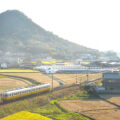
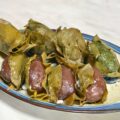
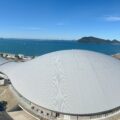
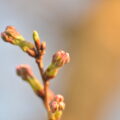
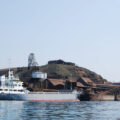
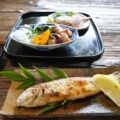
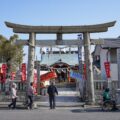
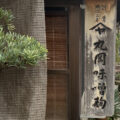
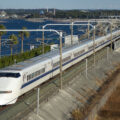
![【香川】高松の素敵な本屋まとめ - [Kagawa] Wonderful book shops at Takamatsu city](https://yousakana.jp/wp-content/uploads/wordpress-popular-posts/43920-featured-120x120.jpg)
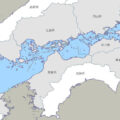
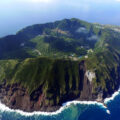


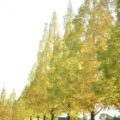

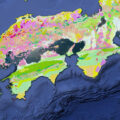
![【香川】春日川の川市 – [Kagawa] River market of Kasuga river](https://yousakana.jp/wp-content/uploads/wordpress-popular-posts/49605-featured-120x120.jpeg)
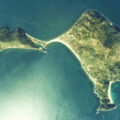
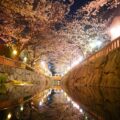
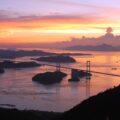

![【毎年6/15】初夏の風物詩、満濃池のゆる抜き – [Kagawa 6/15] “Mannou pond”, Seasonal event of releasing water from a reservoir](https://yousakana.jp/wp-content/uploads/2024/07/mannouike-pond_kagawa-150x150.jpg)
![【香川】はざまのいちじく(無花果) – [Kagawa] Fig of Hazama, Mannou town, Kagawa pref.](https://yousakana.jp/wp-content/uploads/2017/08/fig_hazama_mannou-town-150x150.jpg)
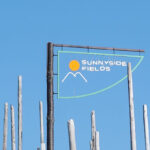
![【香川】みんなでつくる自然史博物館 – [Kagawa] Natural History Museum](https://yousakana.jp/wp-content/uploads/2022/10/natural-history-museum-150x150.jpeg)
![【香川 讃岐十景】奇岩と清流『三霞洞渓谷』 – [Kagawa] Mikado Valley](https://yousakana.jp/wp-content/uploads/2021/11/Mikado-Valley_kagawa-150x150.jpg)
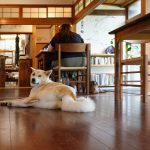

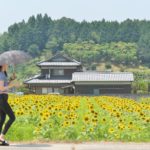
![【香川】日本最古の三間社流造様式の神社建築。国宝『神谷神社』 – [Kagawa] National treasures “Kandani shrine”](https://yousakana.jp/wp-content/uploads/2025/08/kandani-shrine_kagawa-150x150.jpg)
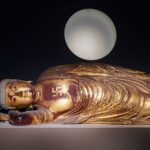

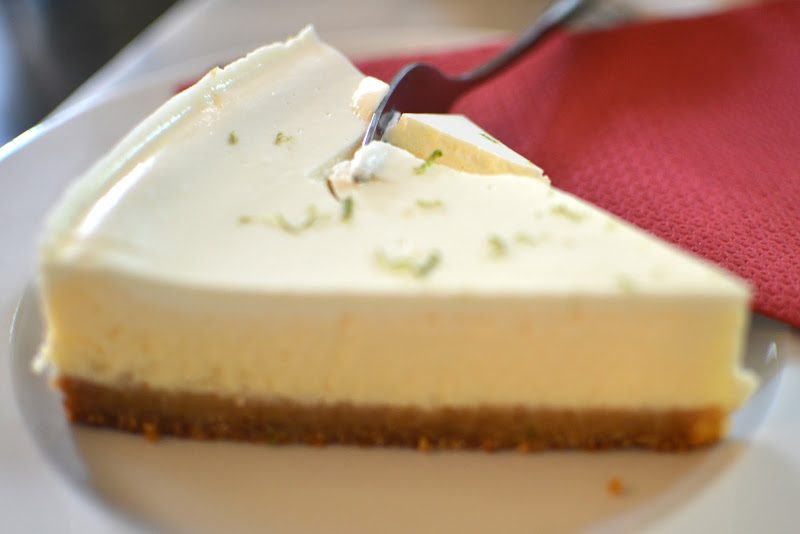
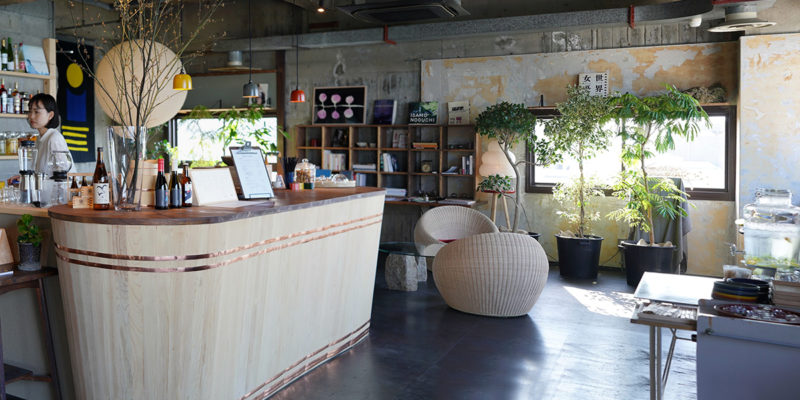
![【高知】手結港の可動橋 – [Kochi] Movable bridge at Tei Port.](https://yousakana.jp/wp-content/uploads/2023/07/tei-port_kochi_01-800x533.jpg)
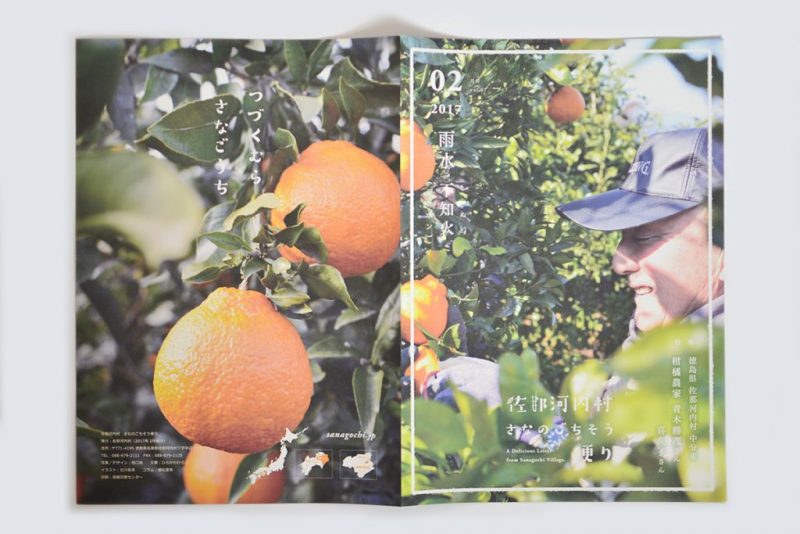
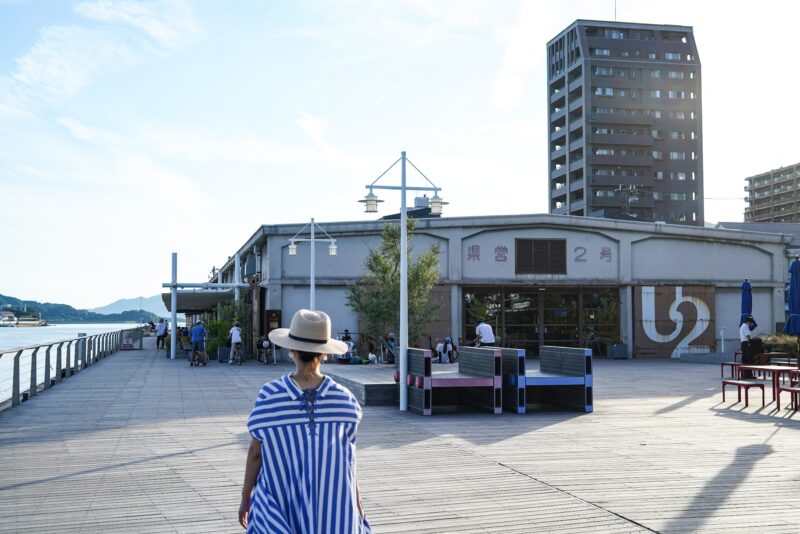
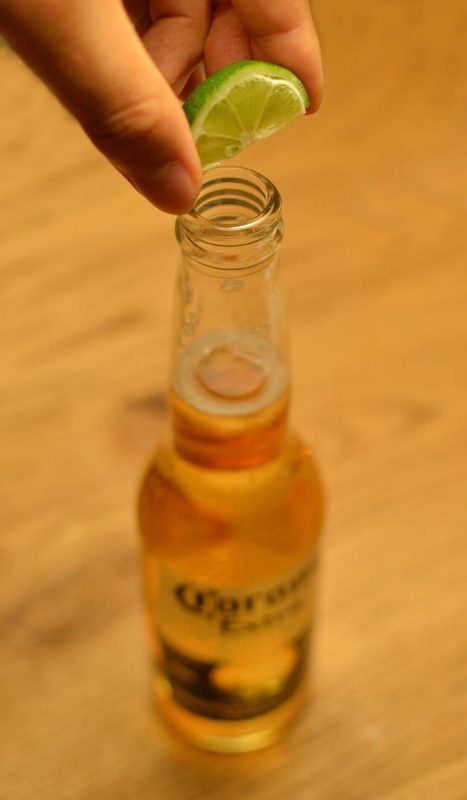
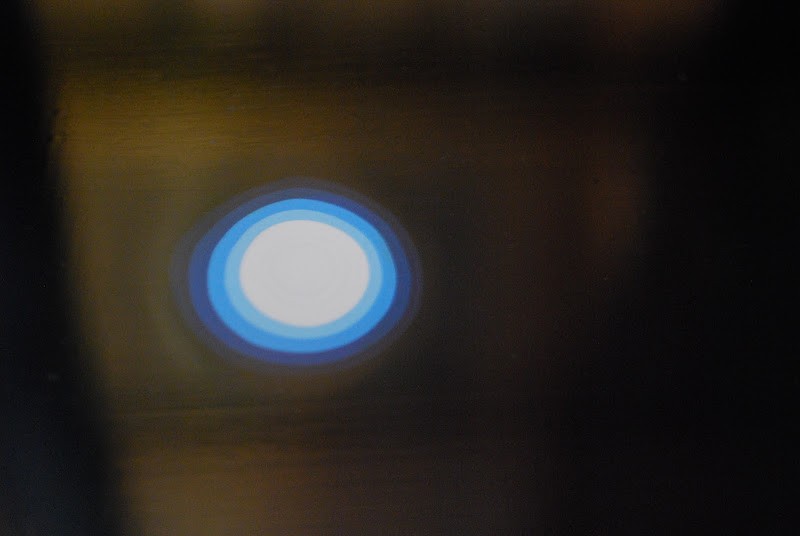
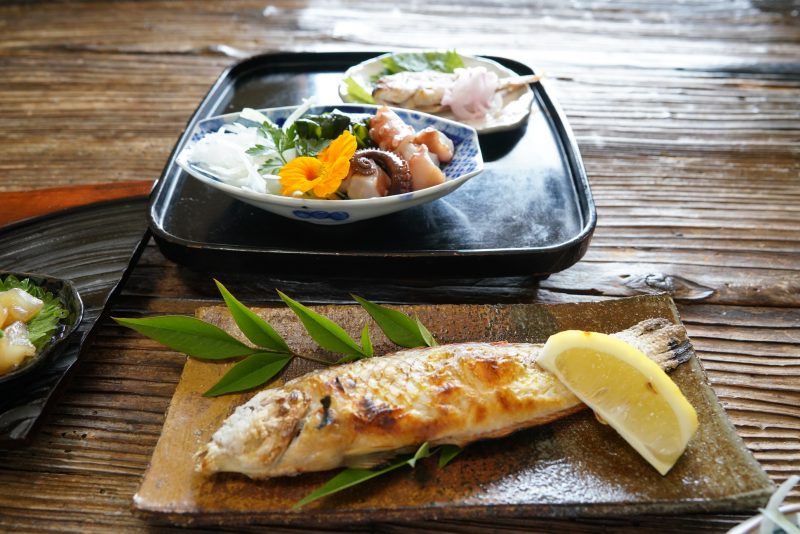
![【香川】牡蠣消費日本一は高松市!牡蠣焼き『鹿酔庵(ろくすいあん)』 – [Kagawa] Takamatsu City is Japan’s largest consumer of oysters! Oyster Grill ‘Rokusuian’.](https://yousakana.jp/wp-content/uploads/2024/01/oyster-bbq-800x533.jpeg)
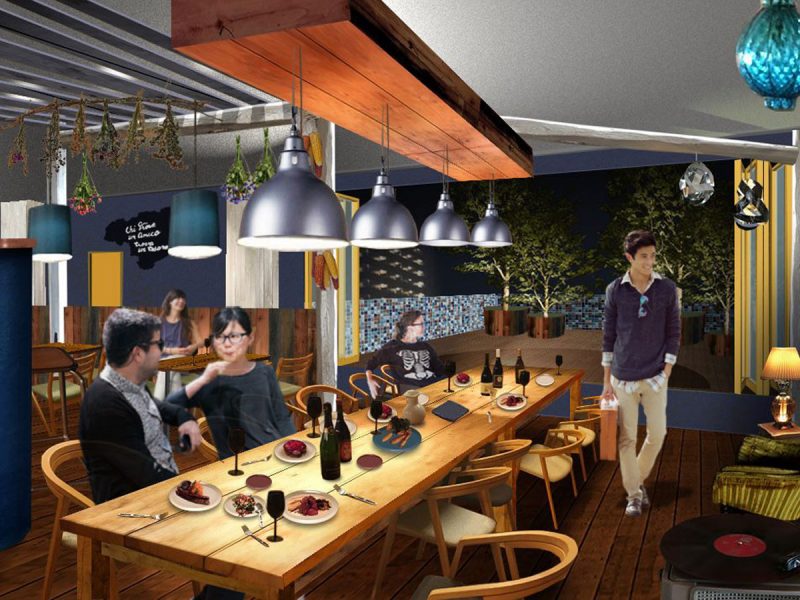

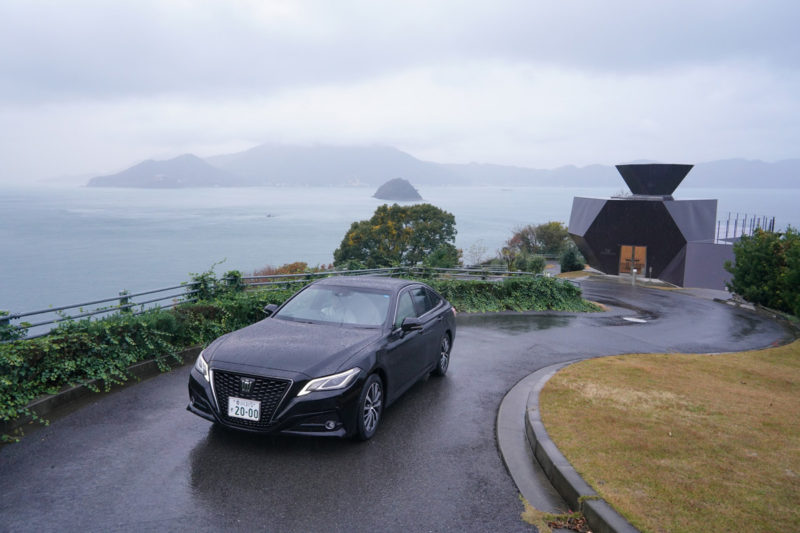
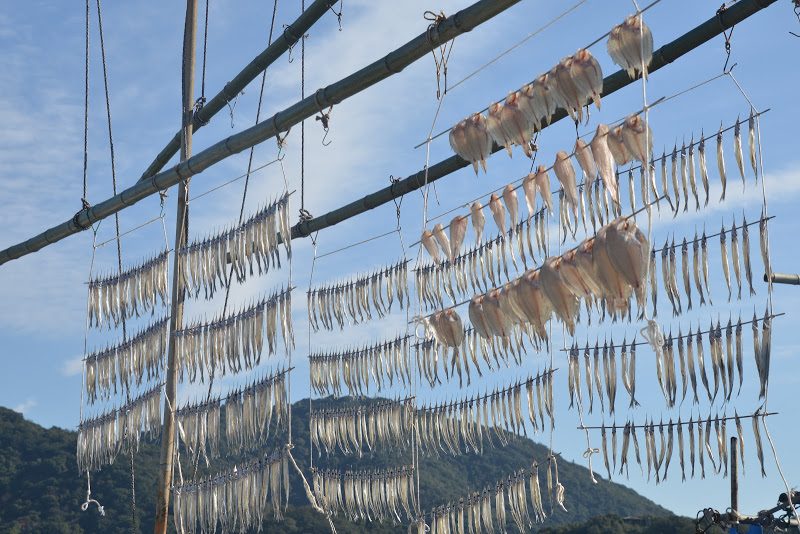
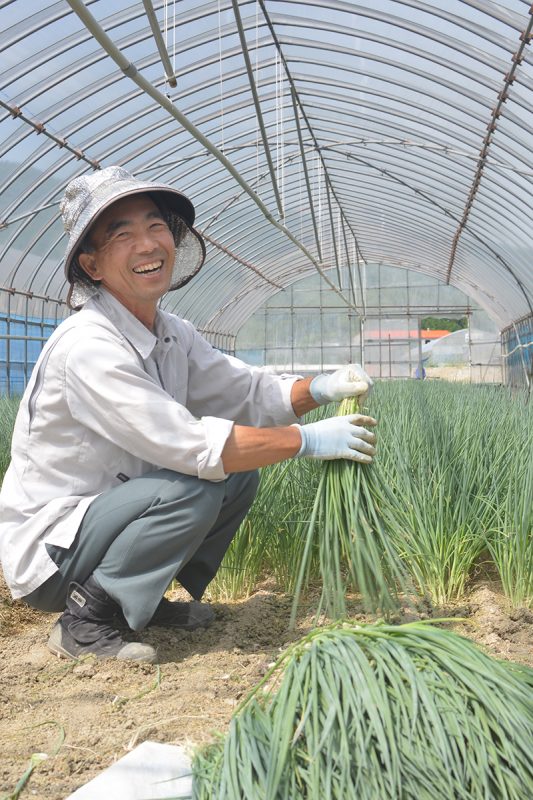
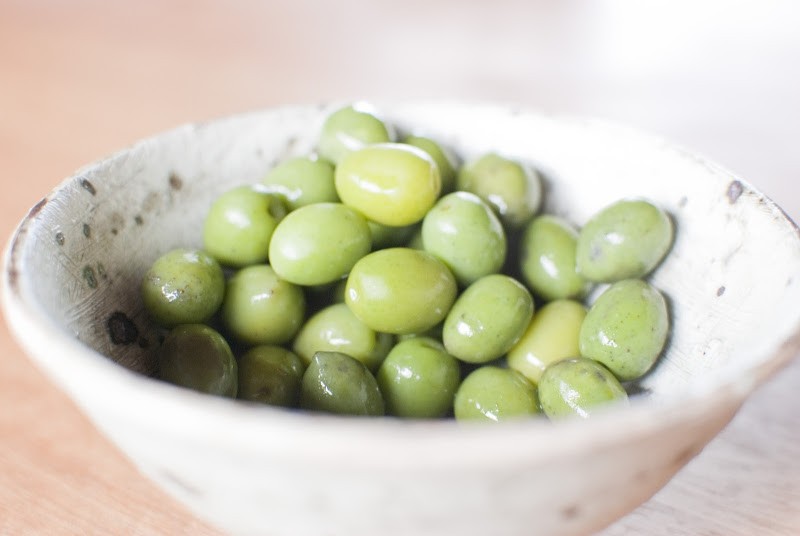
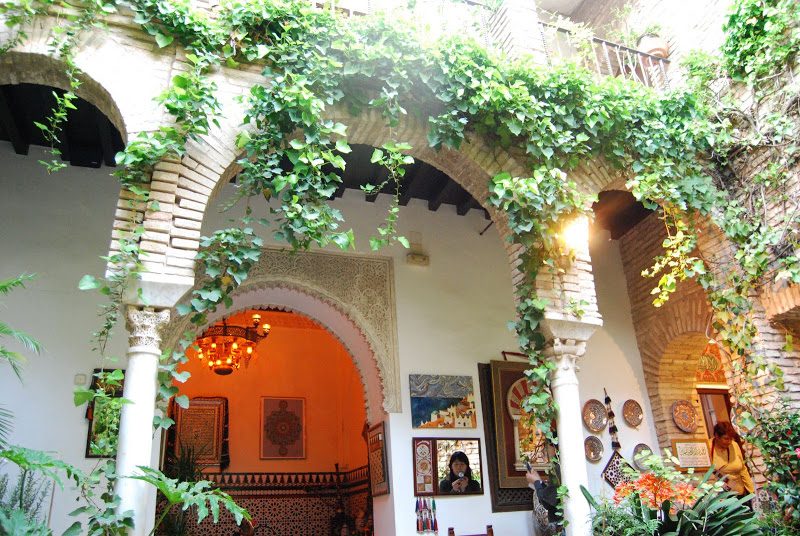
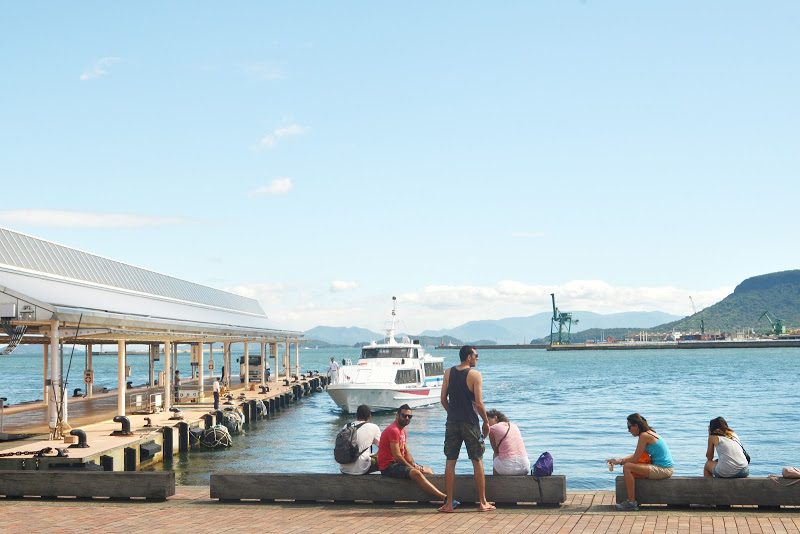
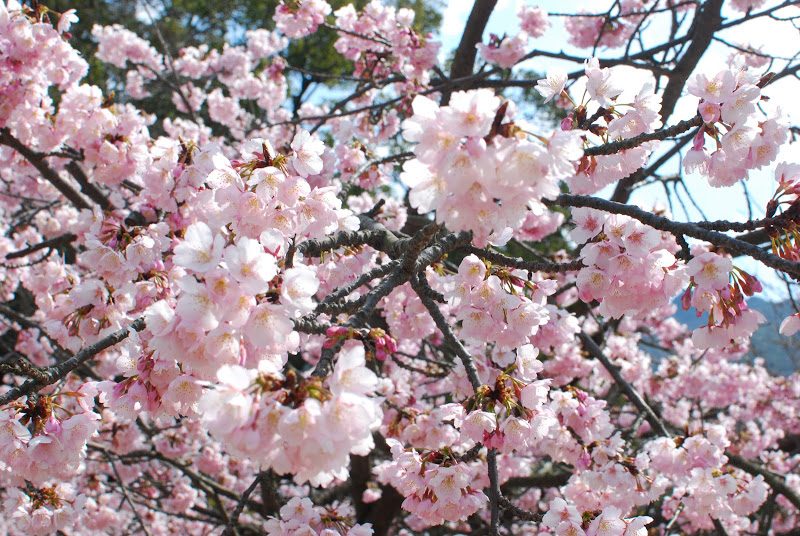
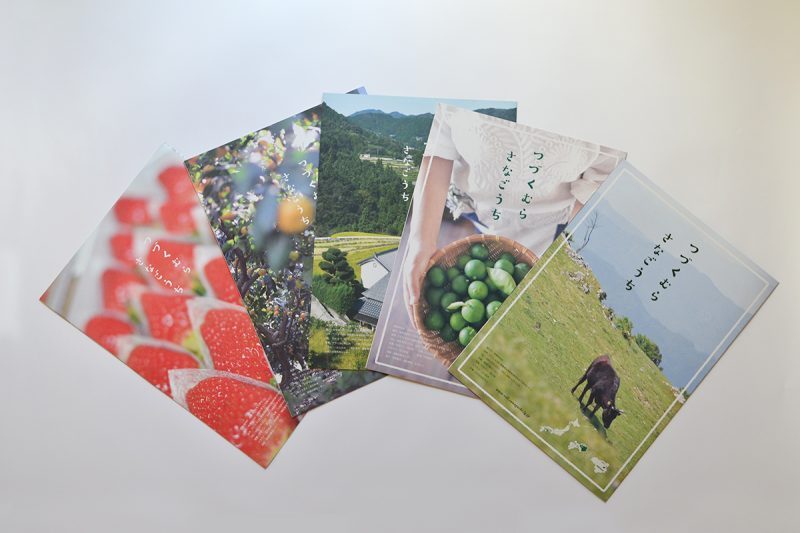

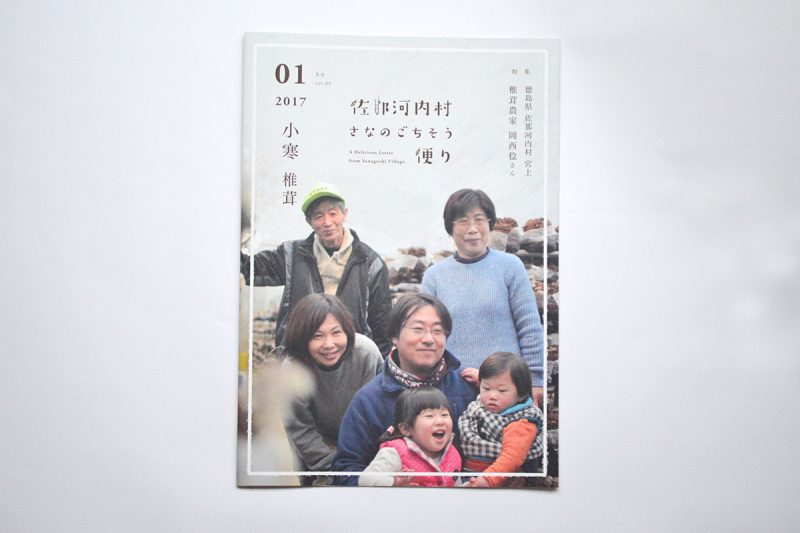
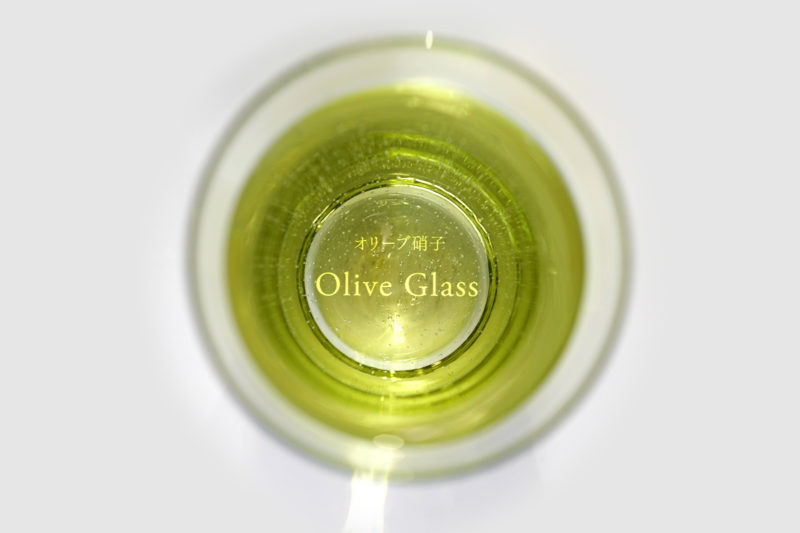

![【徳島】ごみゼロを目指す上勝の北極星『カフェ・ポールスター』 – [Tokushima] Cafe polestar with zero-waste statement of Kamikatsu](https://yousakana.jp/wp-content/uploads/2013/12/polestar-kamikatsu-800x536.jpg)
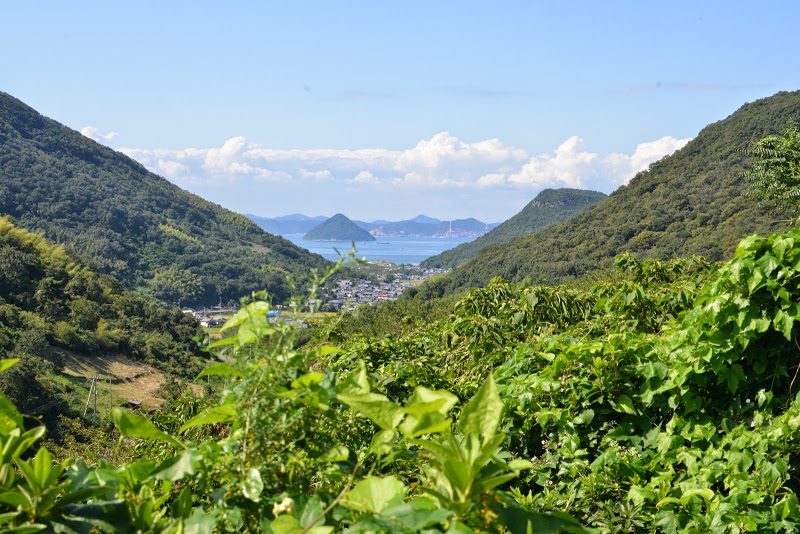
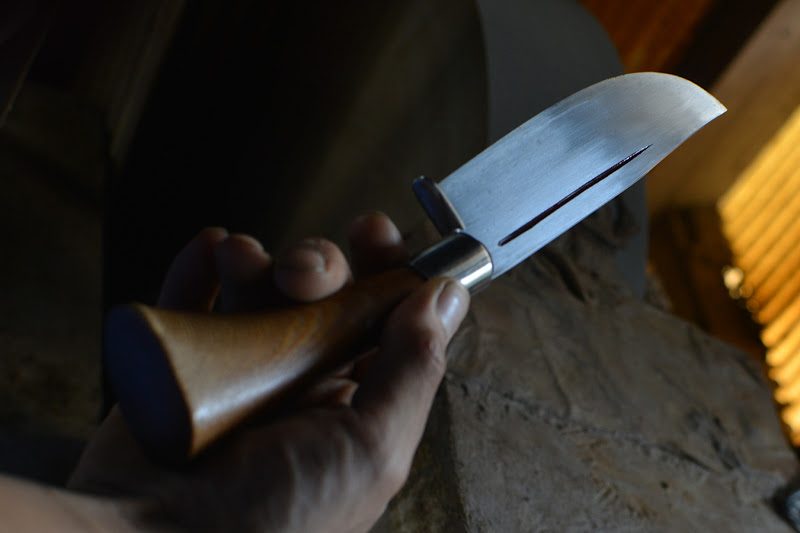
![【徳島】サーフィンとコーヒーをこよなく愛すマスターのお店『とよとみ珈琲』 – [Tokushima] Toyotomi Coffee](https://yousakana.jp/wp-content/uploads/2020/04/toyotomi-coffee.jpg)
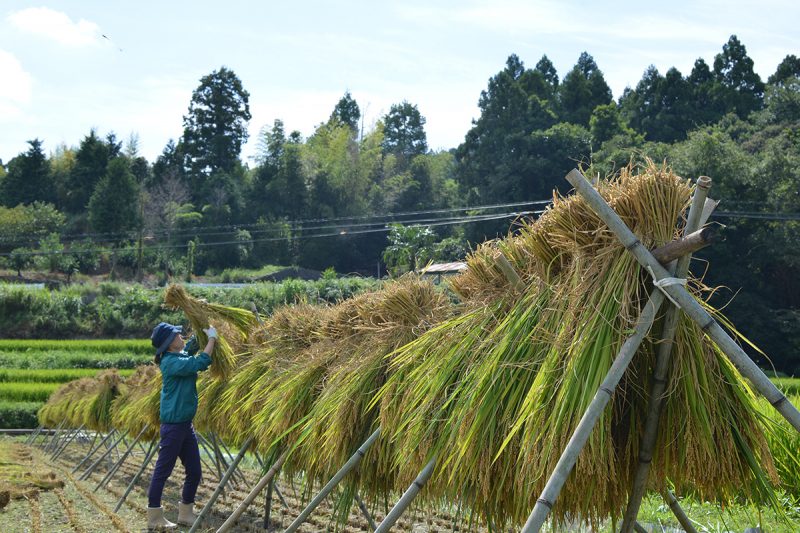
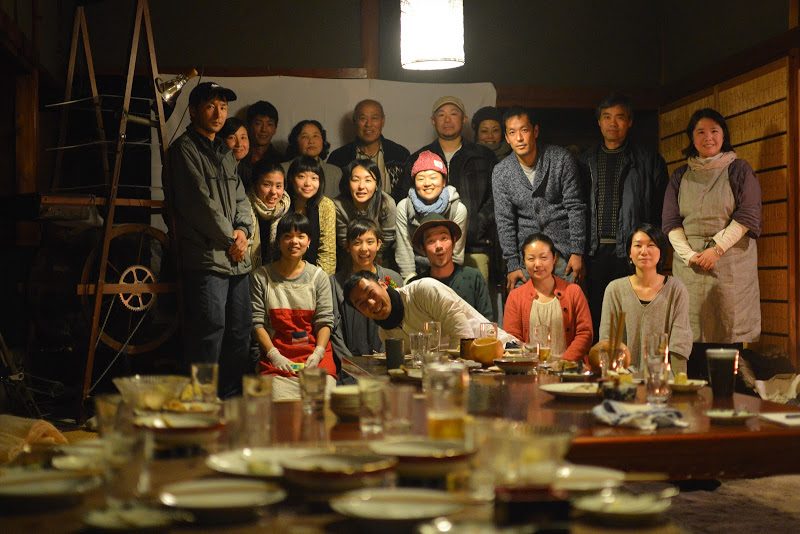
![【高知】おやつの神さまが集まるイベント「おやつ神社」 – [Kochi] OYATSU JINJYA(Shrine)](https://yousakana.jp/wp-content/uploads/2017/10/oyatsu-shrine-800x534.jpg)
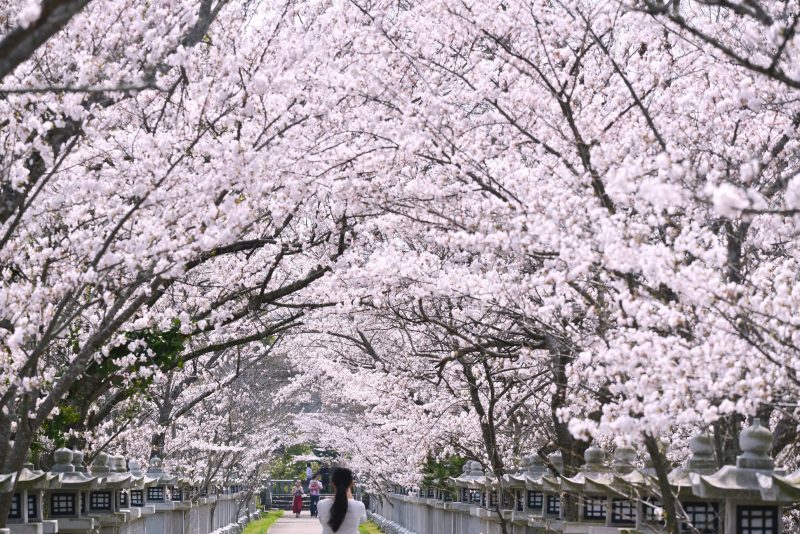
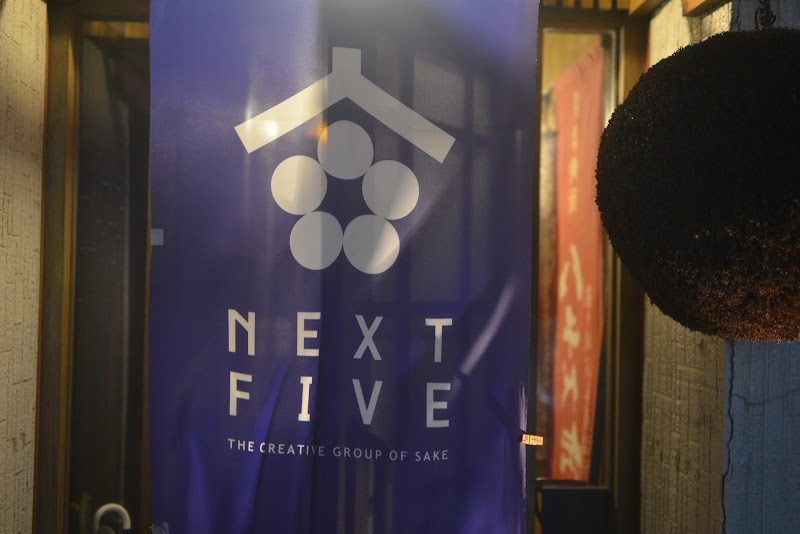
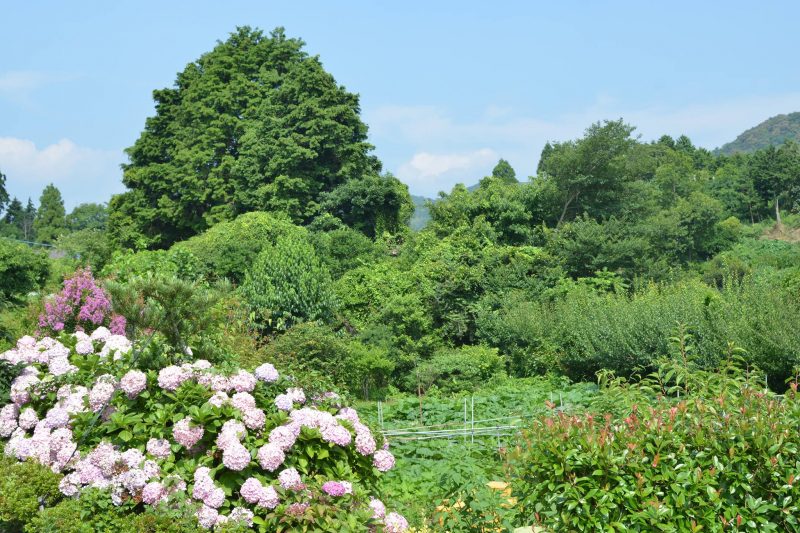
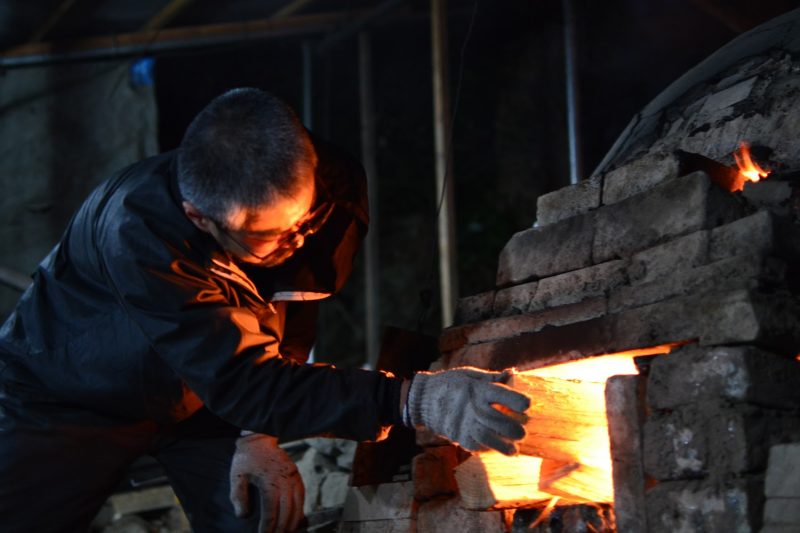
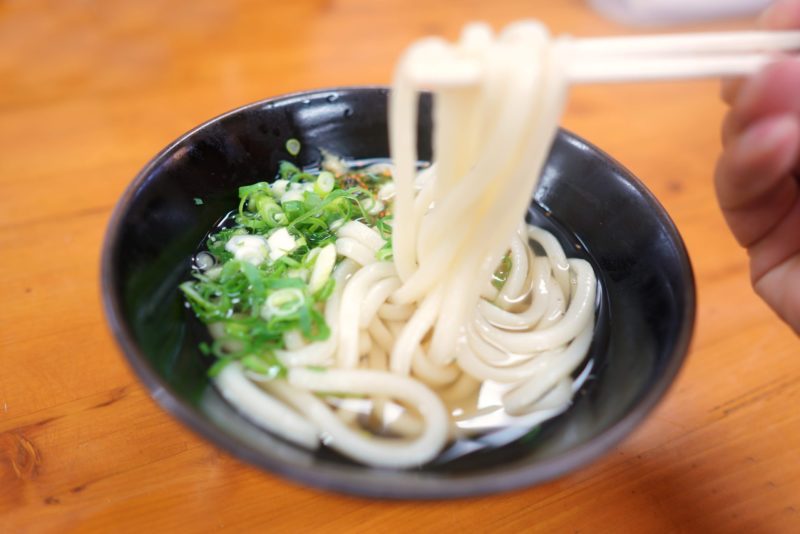
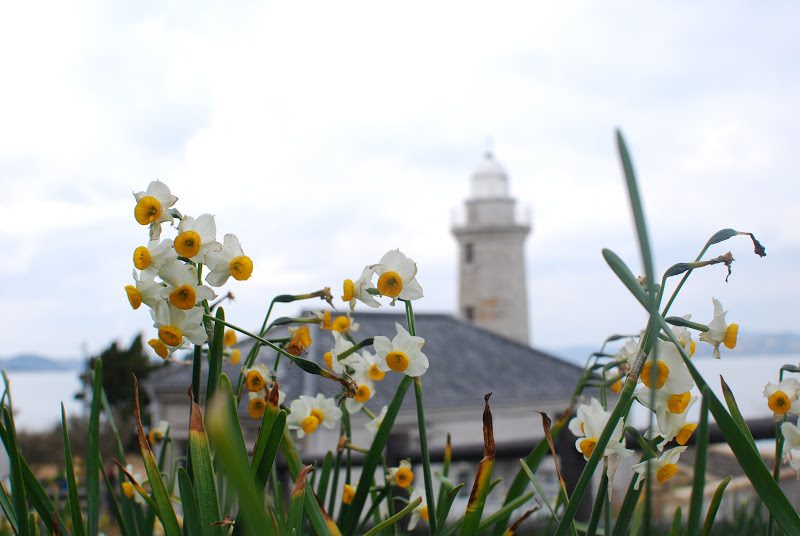
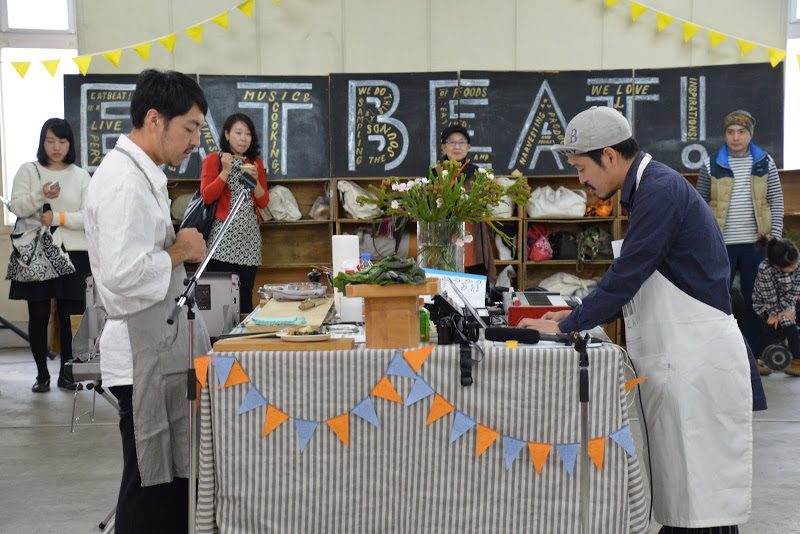
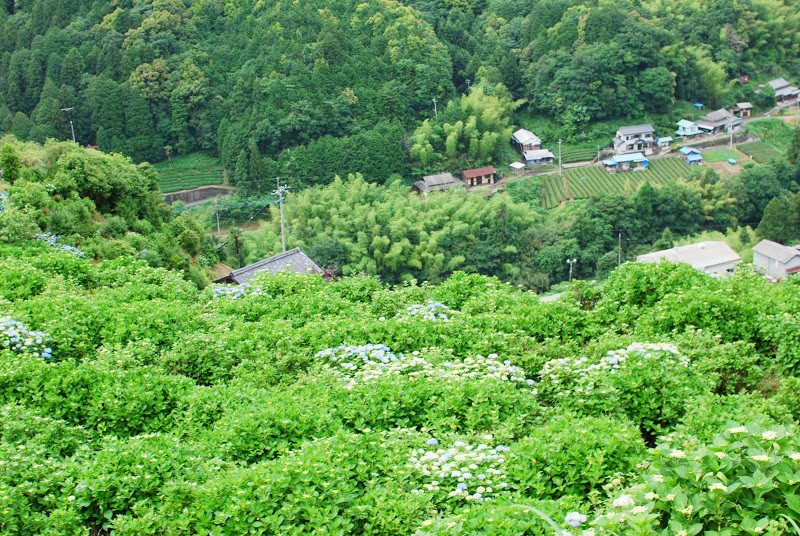
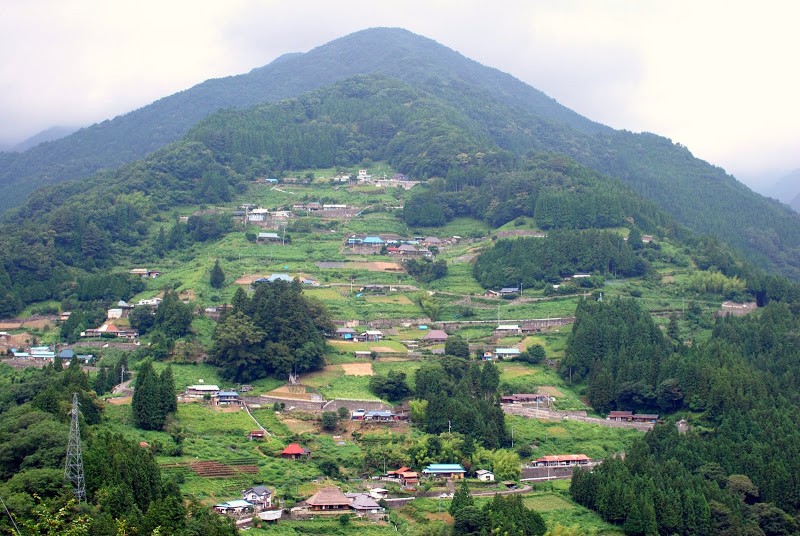
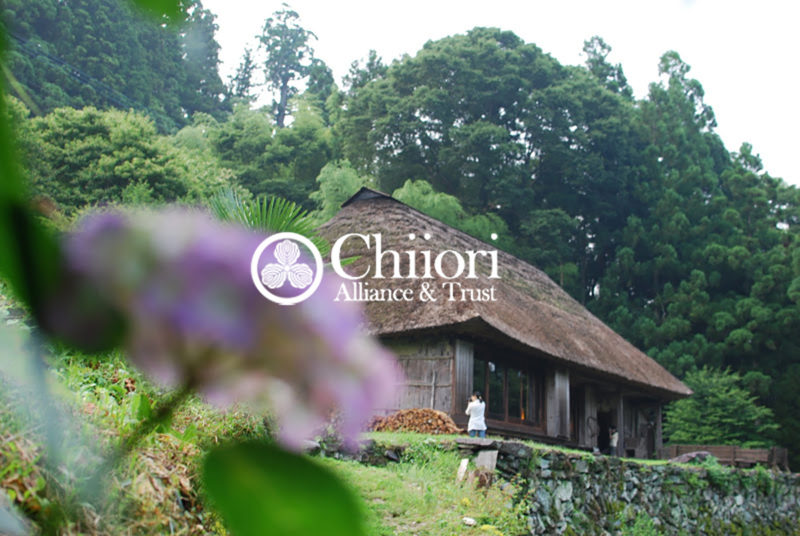
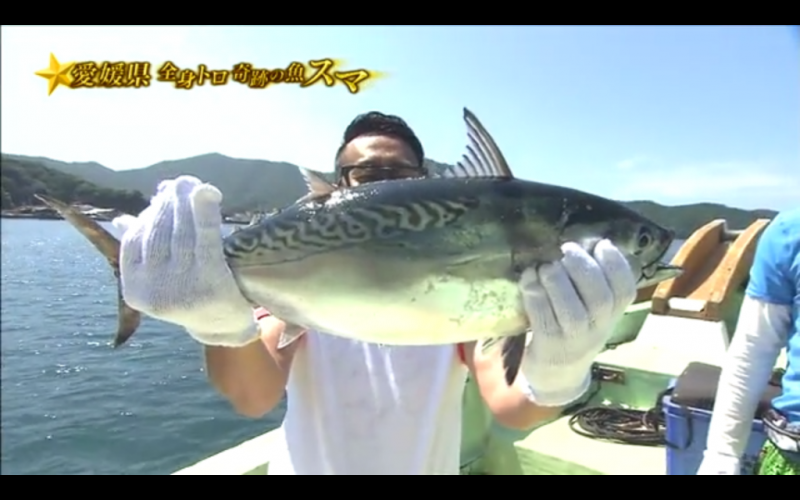
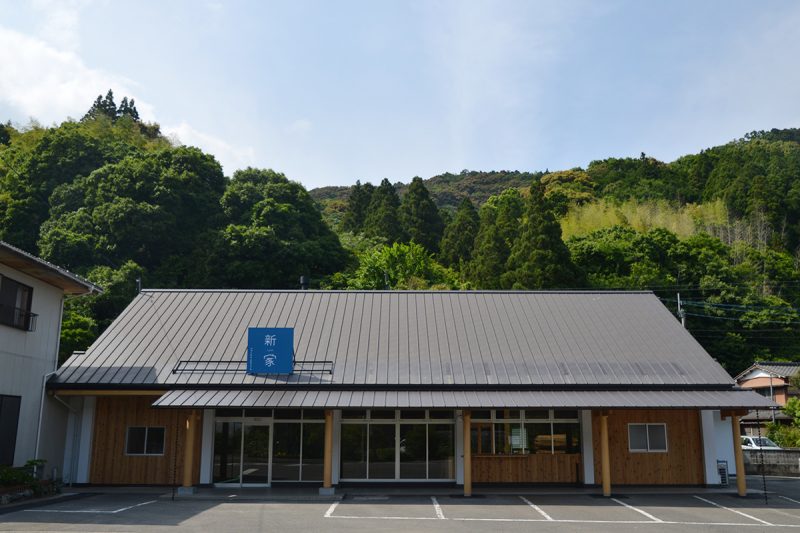

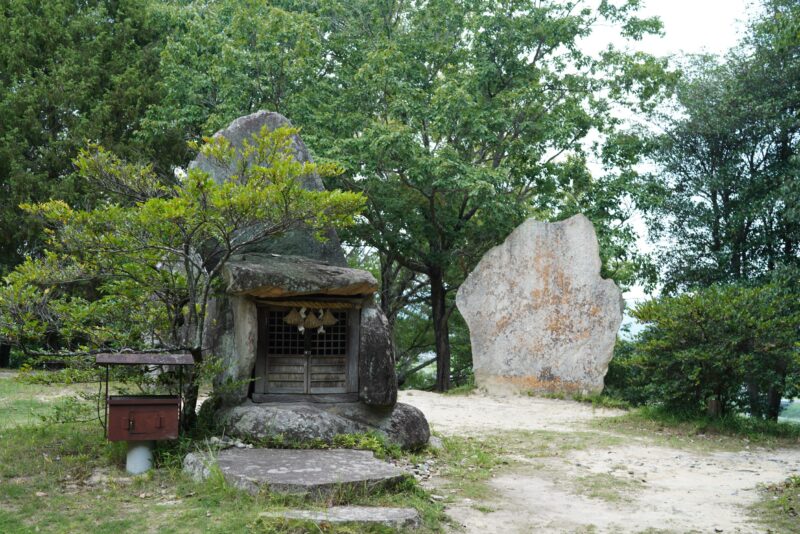
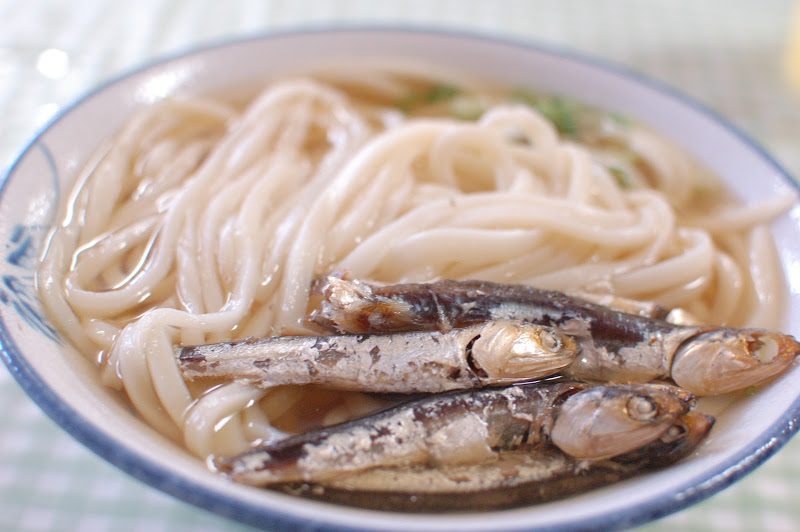
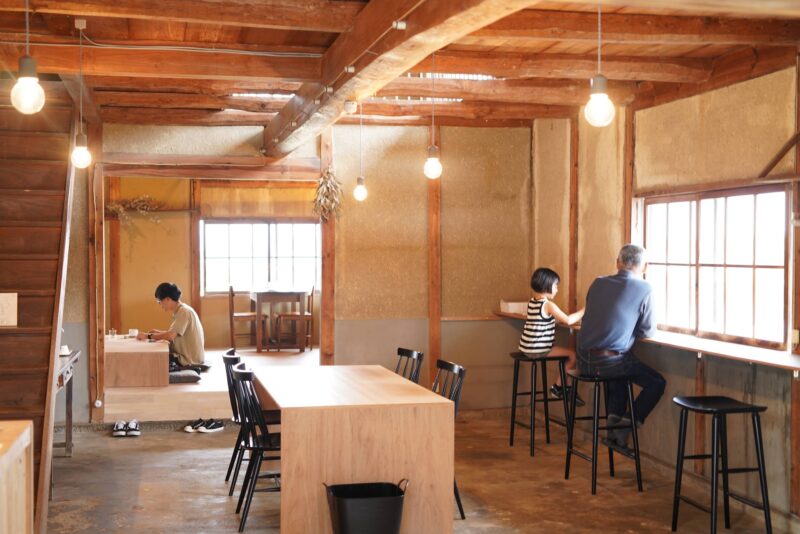
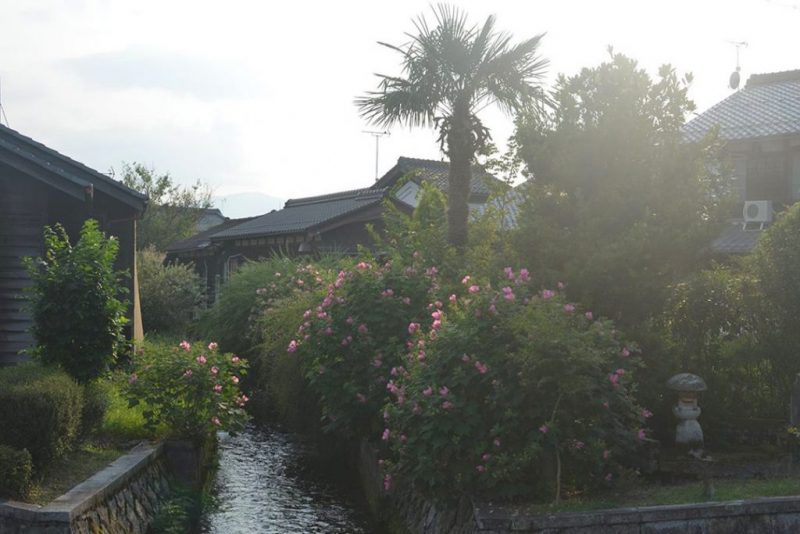


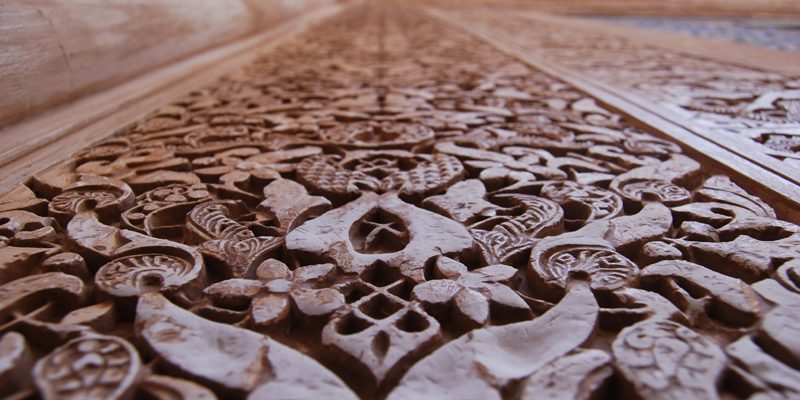
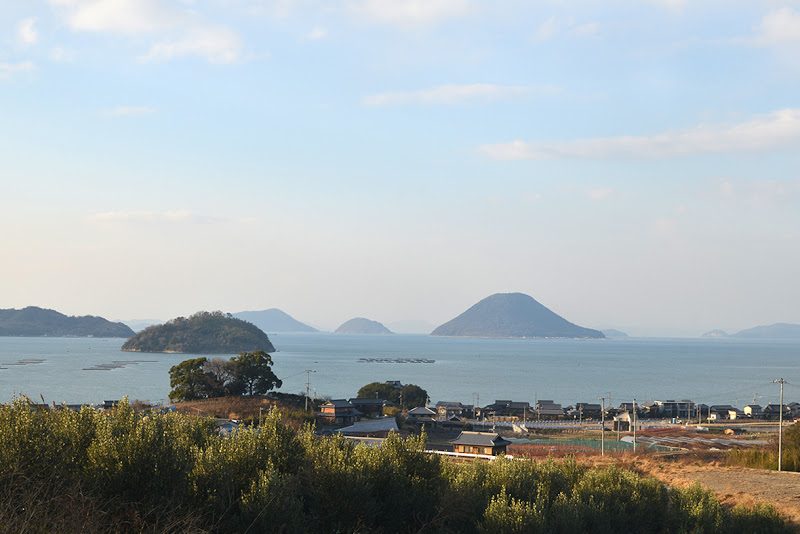
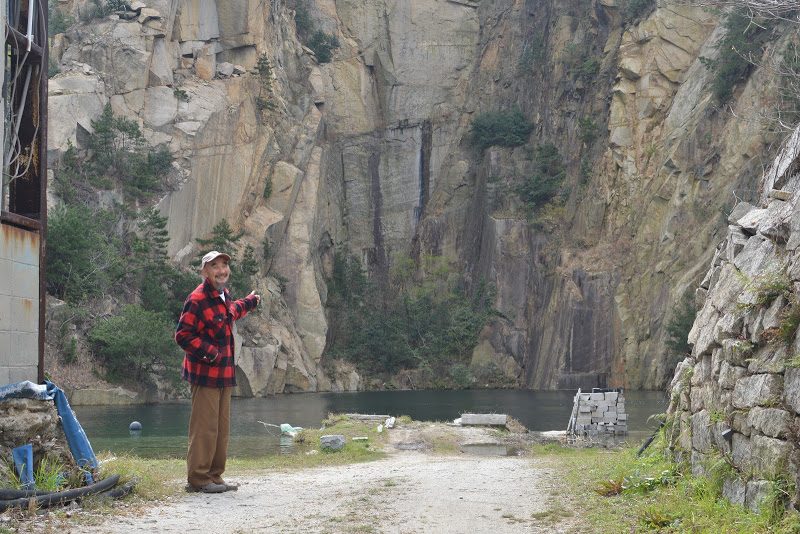
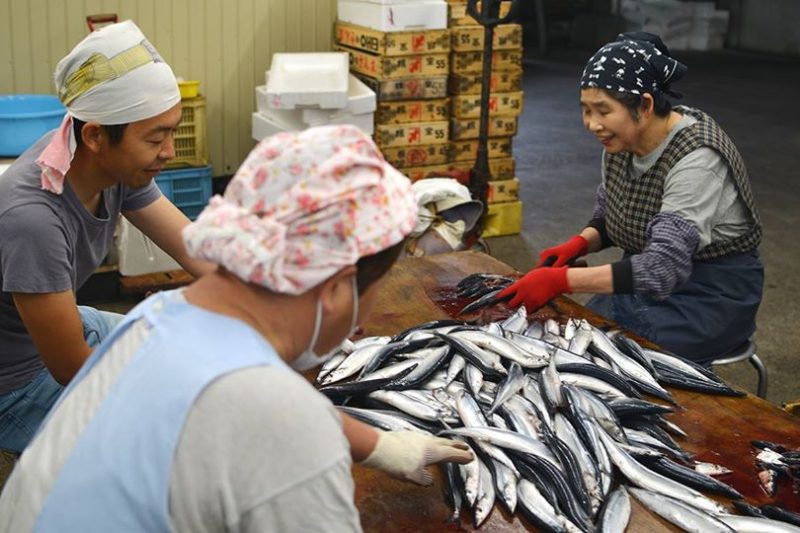
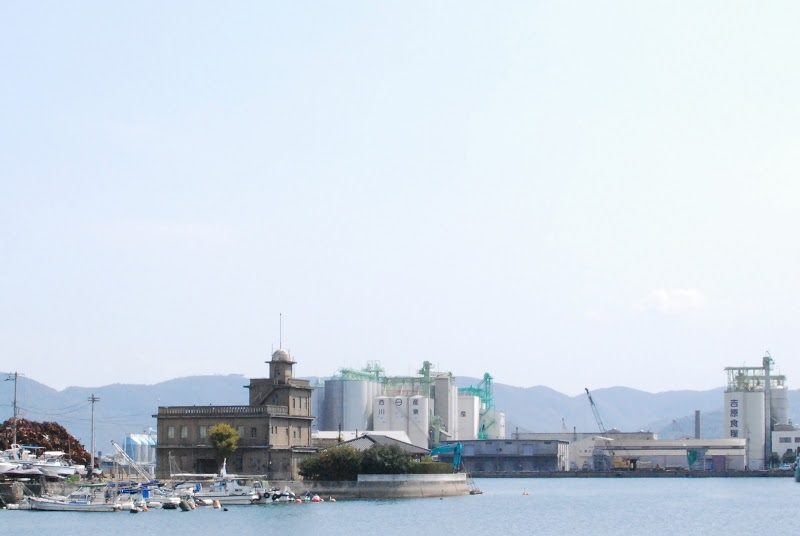
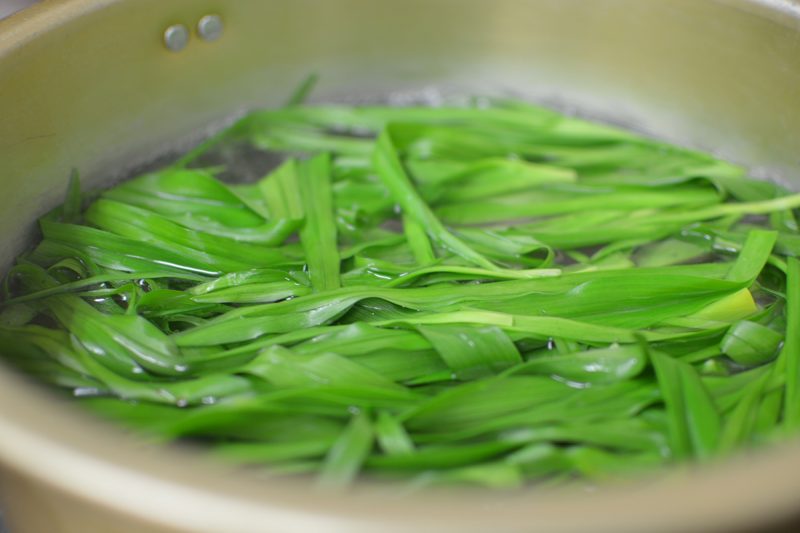
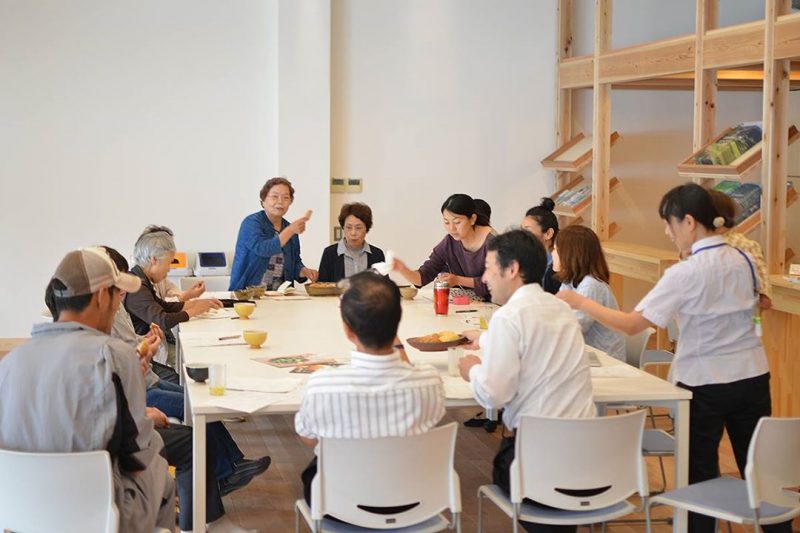

![【香川】桃太郎伝説の残る『鬼ヶ塚』の桜 – [Kagaawa] Cherry blossoms at Onigazuka, where the legend of Momotaro remains.](https://yousakana.jp/wp-content/uploads/2023/03/panorama_sakura_kinashi-800x533.jpg)
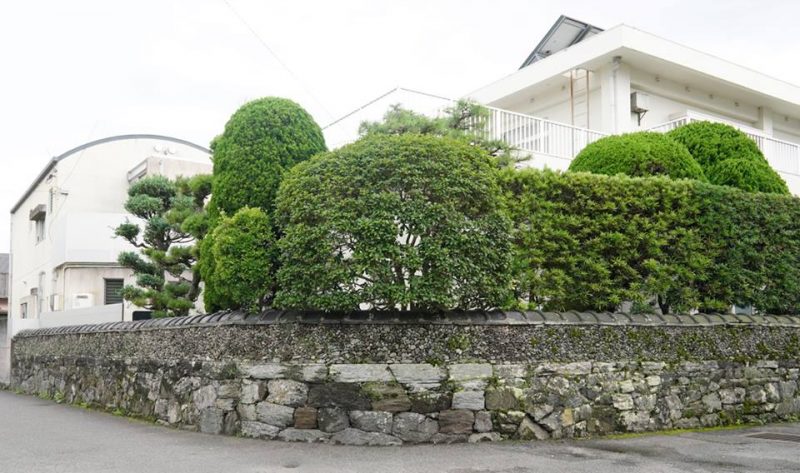
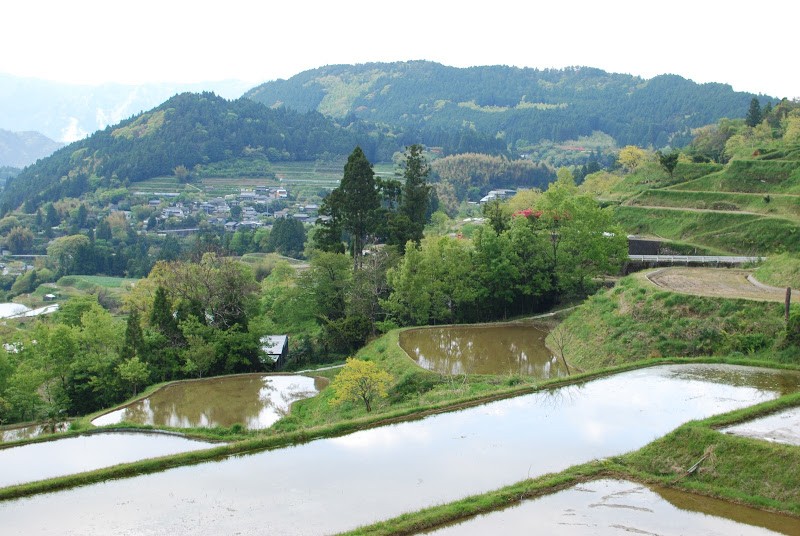
![【閉店】あんもち雑煮。甘味茶寮 ほとり – [Closed] Japanese tea and sweets “Hotori”](https://yousakana.jp/wp-content/uploads/2019/12/hotori_japanese-tea-and-sweets-800x534.jpg)
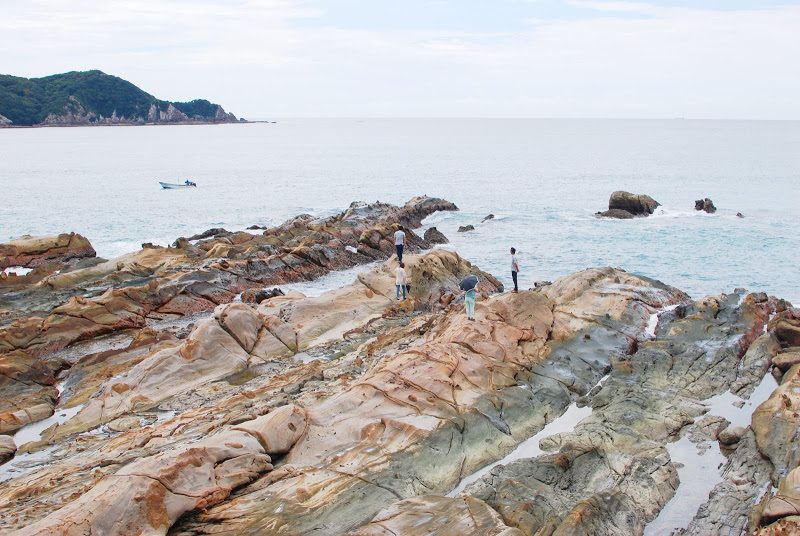
![【香川 4/20】アスパラ大騒ぎ 2025 – [Kagawa Apr. 20] Aspara Osawagi 2025](https://yousakana.jp/wp-content/uploads/2025/04/aspara2025_eyecatch-800x533.jpg)
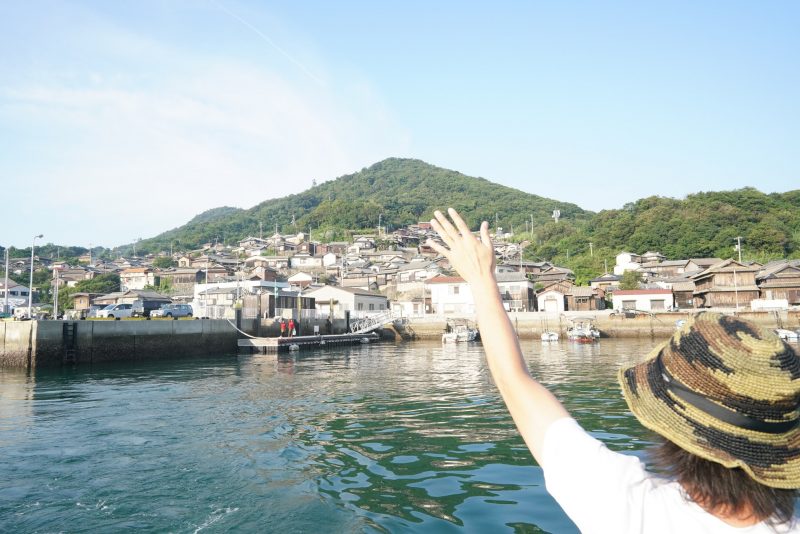
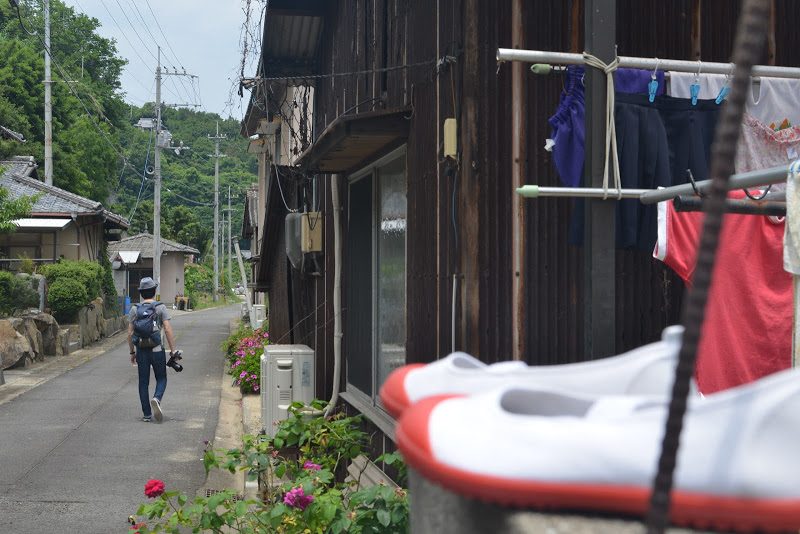
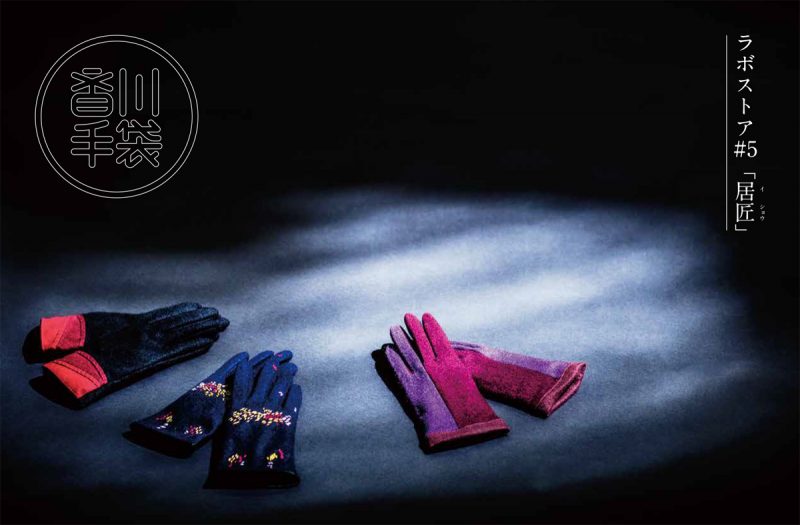
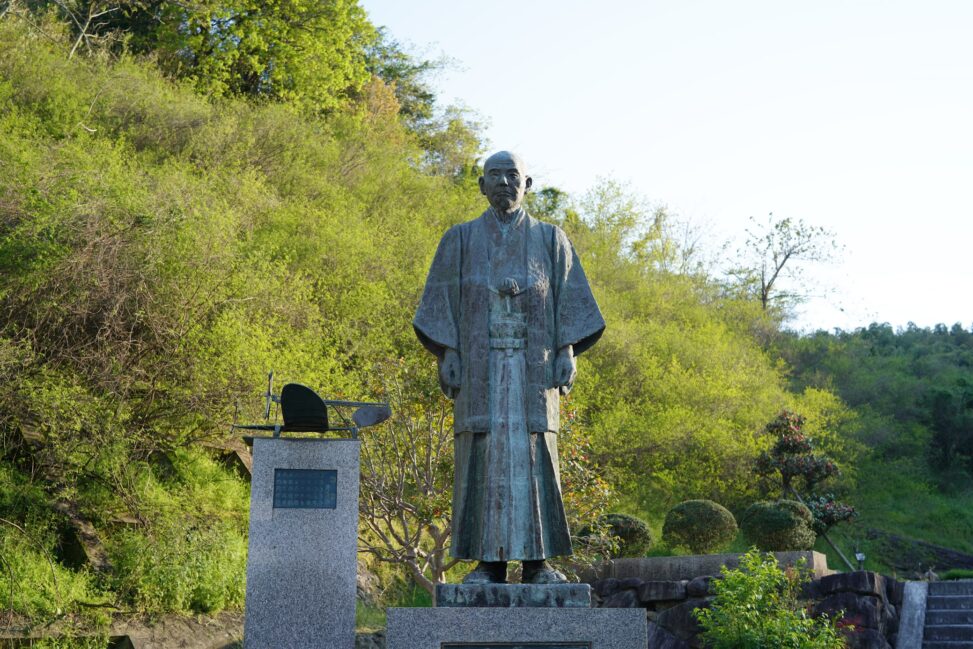
コメントを残す